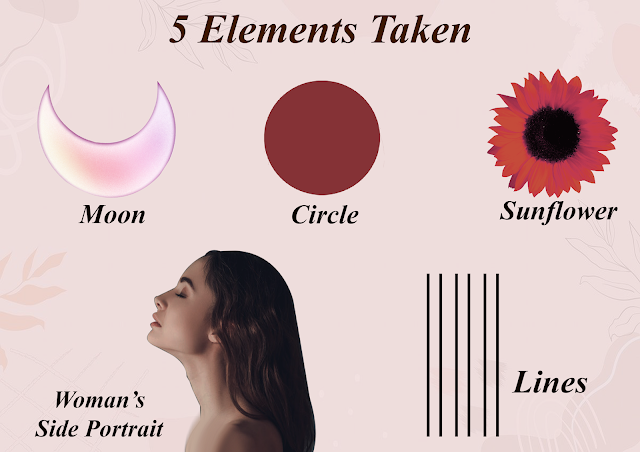Harmony

You know the drill. I'll be now taking about another fundamental Principal of Design which is Harmony. I find this aspect the most interesting since it's all about achieving coherence. Harmony is basically a visually satisfying effect of combining similar or related elements. And to show you the closest example of Harmony, I have tried an Installation art this time. For those of you who don't know, Installation art refers to a large scale, mix media construction, which is often designed for a specific place or for a temporary period of time. Sounds interesting right? Let's have a look at it then! For any design here has to be an inspiration, a story or a good concept behind it. And similarly, for my Installation art, I wanted to display the concept of 'Dual Personality ' through Abstract art . I wanted to show the contrast in our personalities, where one side of our personality is what we show to everyone and the other part is which we try to hide from the socie...





